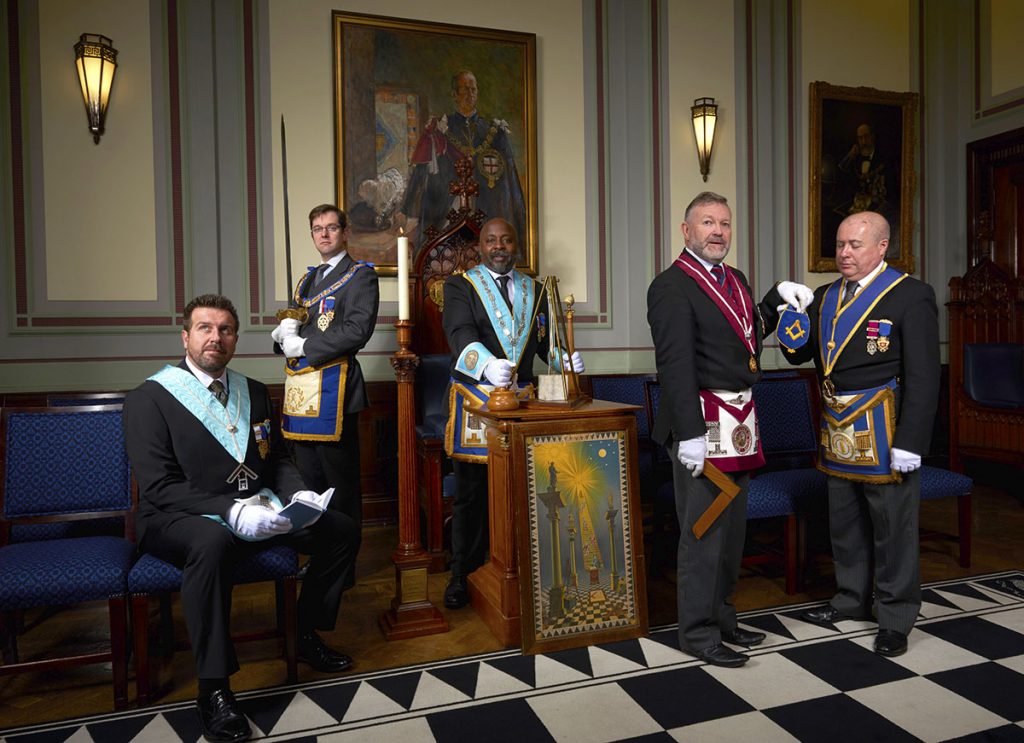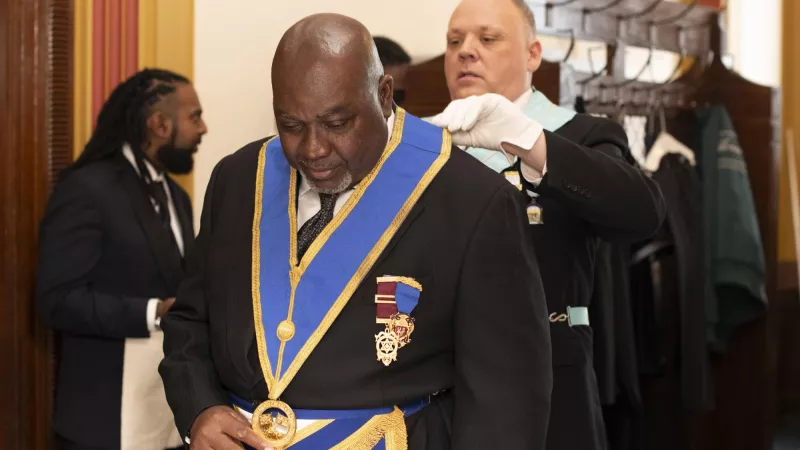Understand How to Join Freemason and Unlock Lifelong Connections
Understand How to Join Freemason and Unlock Lifelong Connections
Blog Article
Discover the Secrets Behind the copyright and Their Influence on Culture
The copyright, often shrouded in myth and supposition, presents an interesting instance study of how historic perfects can change into contemporary conspiracy theory concepts. Founded amidst the Enlightenment's accept of factor, this secret society intended to challenge the standing quo, yet it has because come to be identified with notions of hidden power and control. As we discover its beginnings, impact on cutting edge idea, and portrayal in contemporary culture, we begin to discover the layers of intrigue that remain to mesmerize culture. What stays unclear, nonetheless, is just how these perceptions shape our understanding of authority and transparency today.
Beginnings of the copyright
The copyright, commonly shrouded in mystery and supposition, traces its beginnings back to the late 18th century. Known as the Bavarian copyright, the company's primary purpose was to counter the prevailing impact of religious conviction and promote intellectual discussion among its participants.
The copyright embraced an ordered structure, attracting motivation from Freemasonry, which permitted deceptive meetings and rituals. Subscription was careful, encompassing prominent figures from different areas, including national politics, viewpoint, and scientific research. This elite network sought to impact social and political change with private ways, supporting for the rights of people and the betterment of society.

Key Misconceptions and Misconceptions
In the middle of the appeal of privacy surrounding the copyright, various misconceptions and false impressions have emerged, commonly misshaping the team's true nature and objectives. One common misconception recommends that the copyright regulates the globe's federal governments and economic situations. While it holds true that the group aimed to influence societal structures, the concept that it runs as a natural international creature master is largely exaggerated.
Another common misunderstanding is that all members of the copyright possess huge riches and power. In truth, the initial copyright consisted of pundits and Knowledge thinkers, most of whom looked for reform as opposed to supremacy. Moreover, the concept that the copyright solely hires stars and political figures is misguiding; membership has historically included a varied selection of people.
Additionally, conspiracy theory concepts commonly repaint the copyright as a sinister organization intent on international domination via wicked means. Therefore, separating truth from fiction is important for a more clear understanding of the copyright's role in culture.
Historical Impact on Society
Throughout history, numerous intellectual motions have actually exceptionally affected societal frameworks, and the copyright played a significant function throughout the Enlightenment. Established in 1776 in Bavaria, the copyright aimed to promote factor, secularism, and the questioning of established authority, responding to the dominance of spiritual conviction. This organization drew in significant thinkers and advocates of liberty, cultivating an environment favorable to the circulation of Enlightenment suitables.
The copyright's principles promoted logical idea and empirical evidence, which added to the broader intellectual landscape that motivated social reform and political modification. Participants sought to reshape society by promoting for education and learning, freedom of speech, and the separation of church and state. Their private nature and enthusiastic schedule triggered both intrigue and suspicion, resulting in their eventual reductions by the Bavarian federal government in 1785.
Regardless of their dissolution, the legacy of the copyright persisted, influencing advanced activities throughout Europe and the Americas (join freemason). Their dedication to knowledge concepts helped prepare for modern democratic suitables and human legal rights, leaving a long-term imprint on the structures of modern culture. The attraction of their deceptive celebrations and thoughtful searches remains to astound the creative imagination, emphasizing their historic value
Modern Interpretations and Beliefs
Contemporary analyses of the copyright usually mix historical fact with conspiracy theory concepts, producing a complex tapestry of ideas that catch popular imagination. While the initial copyright was a Bavarian secret Home Page society founded in 1776 with Knowledge perfects, contemporary ideas have actually developed to incorporate a large range of interpretations, usually concentrating on themes of control and privacy.
Numerous supporters of copyright concepts assert that a powerful elite manipulates international events, influencing national politics, economics, and society to serve their passions. This perspective is often fueled by a question of governmental and banks, causing the belief that a hidden hand orchestrates social results. The internet has intensified these interpretations, with social media sites platforms offering as fertile ground for the dissemination of conspiracy theory theories.
Moreover, some modern interpretations assume that the copyright acts as an allegory for the struggle between knowledge and lack of knowledge, with advocates promoting recognition and crucial reasoning click this link as a means to counteract viewed fascism. This duality-- seeing the copyright as both an actual and site web symbolic entity-- highlights the ongoing fascination with the idea, mirroring much deeper societal anxieties regarding power, openness, and specific autonomy in the contemporary world.
The copyright in Pop Culture

In literature, authors like Dan Brown have used the copyright to weave complicated stories full of thriller and historic referrals, sparking public fascination. Films such as "Angels & Demons" and "The Da Vinci Code" further enhance this appeal, illustrating the copyright as a company with significant impact.
Songs, as well, has actually been affected by the idea of the copyright. Artists like Jay-Z and Beyoncé have dealt with conjecture regarding their affiliations with the society, prompting discussions concerning symbolism in their job and the nature of popularity.
Aesthetic art commonly includes copyright themes, with artists using symbols like the Eye of Providence and the pyramid to stimulate a feeling of secret. With these different mediums, the copyright offers not only as a subject of speculation yet additionally as a lens via which society examines its very own intricacies and concerns.
Final Thought
To conclude, the copyright represents a remarkable junction of Enlightenment ideals and modern social worries regarding power and control. While its historic impact on innovative movements and autonomous concepts is remarkable, the myths and misunderstandings that have arised typically eclipse its real tradition. The enduring intrigue bordering the copyright, particularly within pop culture, highlights ongoing anxiousness regarding transparency and authority, making sure that this enigmatic group continues to be a subject of both academic rate of interest and public attraction.
Report this page